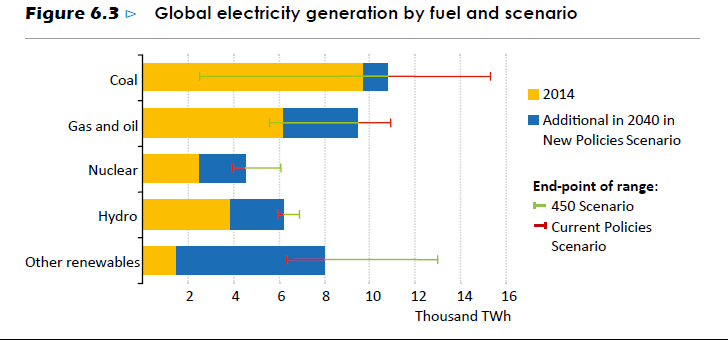2016 was a challenging year for nuclear power – or was It?
There is no shortage of people happy to see 2016 come to an end. It has been an extraordinary year characterized by strong popular revolt to the status quo resulting in unexpected government changes in places like Britain and Italy and a surprising result in the US election.
For those of us in the energy industry it has also been a challenging year. Oil prices have remained low depressing economies supported by oil. North American gas prices seem to have no bottom and these historic lows have led to dysfunction in electricity markets. This coupled with highly subsidized prices for renewables has resulted in tremendous economic pressure on American nuclear plants with a number of them closed and more slated for early closure. The most recent was just this month as Entergy announced that Pilgrim would be closed early in 2018.
In other countries, Japan continues to struggle with bringing back its nuclear fleet in a timely manner; South Africa seems to have postponed the bulk of its nuclear plan; and Vietnam cancelled their nuclear projects outright.
What makes these changes of more concern is that on the surface they are said to be a result of challenging nuclear economics rather than any specific anti-nuclear attitude.
But all this negative pressure also helped to put the need for nuclear in perspective. More and more countries have accepted that meeting climate goals will require continued use of nuclear power. Its 24/7 reliable low carbon generation can be the back bone for a healthy economic low carbon world. As shown by the IEA in their World Energy Outlook 2016 (WEO) in the figure below, there is strong growth expected for nuclear in the New Policy Scenario (base case) and that the number of nuclear plants will have to more than double for their 450 (low carbon) scenario.
Source: World Energy Outlook 2016
While the press has been consumed with the challenges, there has been a string of good news for the sector this year. In Britain, there was a final commitment to the Hinkley Point C project and in Switzerland the early closure for their nuclear plants was strongly rejected in a referendum. In the United States, while the focus was on the plants that have closed and that may be closing both Illinois and New York states have taken government action to keep their plants open recognizing their essential contribution to both the local economies and to their carbon emissions targets. Also in the US, Watts Bar 2 came into service as the country’s first new nuclear plant in more than two decades. And so far, it looks like the incoming administration, while not necessarily on the side of combating climate change, will be supportive of nuclear energy going forward.
Here we are; another year has come to an end and once again it has been a tumultuous year for nuclear. But overall, I believe it has been positive and we are well placed for 2017. There is a broad recognition of the importance of nuclear to meet climate change targets and there is a better understanding of the problems with market structures in supporting low carbon economic generation that is needed. All of this without even mentioning China which continues with its strong nuclear expansion.
One thing is clear. The world needs more nuclear if we are to have a reliable secure low carbon generating system. With the IEA forecasting a doubling of plants in the next 25 years, we had better get on with it…….
Thank you for continuing to read this blog – wishing you all a very happy, healthy and prosperous 2017.
